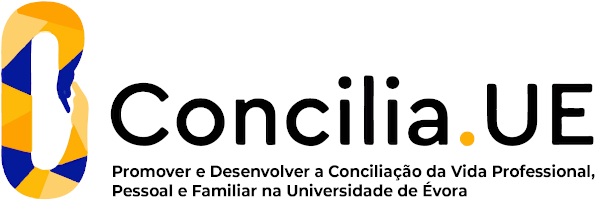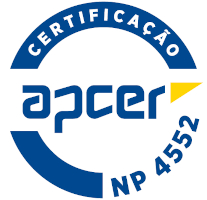2024
Genetics and Breeding Techniques
Name: Genetics and Breeding Techniques
Code: ZOO12387L
6 ECTS
Duration: 15 weeks/156 hours
Scientific Area:
Animal Science
Teaching languages: Portuguese
Languages of tutoring support: Portuguese, English
Regime de Frequência: Presencial
Presentation
Genetic actions to improve the efficiency of animal production, taking into account the rational and sustainable use of animal genetic resources and production systems, maintaining genetic diversity.
Sustainable Development Goals
Learning Goals
OBJECTIVES: Transmit knowledge in the field of genetics and animal breeding and, in conjunction with other areas of knowledge, enabling the development of strategies conducive to greater biological and economic efficiency (taking into account the preservation of biological balance). COMPETENCES: Recognize, identify and interpret the facts at the: exploitation of a breed, regional and national levels. Analyze, collect information and propose strategies for action in the framework of the breeding plans. Apply knowledge in the orientation, strategies and policies for improving animal breeding. Participate in research programmes, dissemination of knowledge and community support.
Contents
1.Classical Genetics :
1.1-Important Mendelian Genes in animal production.
2-Molecular Genetics.
2.1-DNA and RNA;
2.2-Recombinant DNA and Genetic Engineering.
3- Cytogenetic.
3.1-Chromosomes abnormalities;
3.2-Translocation;
3.3-Inversion;
3.4-Centric Fusion (evolution of species).
4-Population Genetics.
4.1- HardyWeinberg law;
4.2-Changes in gene frequencies;
4.3-Inbreeding. 5- Genetic improvement.
5.1-Heritability and Repeatability;
5.2- Selection.
5.2.1- Selection methods for a single character;
5.2.2-Association among characters: Indirect Response to selection.
5.2.3- Simultaneous selection for multiple characters - Selection Indexes.
6-Núcleous Breeding System.
7- Crossbreeding.
7.1-Types of crossbreeding;
7.2-Synthesis of a new breed.
8-Preservation of endangered breeds.
8.1-Methods "in situ" and "ex situ ".
9-The biotechnology in animal breeding: reproductive and molecular methods.
10-Rules to observe in a breeding program at the farm, breed and national level.
1.1-Important Mendelian Genes in animal production.
2-Molecular Genetics.
2.1-DNA and RNA;
2.2-Recombinant DNA and Genetic Engineering.
3- Cytogenetic.
3.1-Chromosomes abnormalities;
3.2-Translocation;
3.3-Inversion;
3.4-Centric Fusion (evolution of species).
4-Population Genetics.
4.1- HardyWeinberg law;
4.2-Changes in gene frequencies;
4.3-Inbreeding. 5- Genetic improvement.
5.1-Heritability and Repeatability;
5.2- Selection.
5.2.1- Selection methods for a single character;
5.2.2-Association among characters: Indirect Response to selection.
5.2.3- Simultaneous selection for multiple characters - Selection Indexes.
6-Núcleous Breeding System.
7- Crossbreeding.
7.1-Types of crossbreeding;
7.2-Synthesis of a new breed.
8-Preservation of endangered breeds.
8.1-Methods "in situ" and "ex situ ".
9-The biotechnology in animal breeding: reproductive and molecular methods.
10-Rules to observe in a breeding program at the farm, breed and national level.
Teaching Methods
Teaching: Teaching will be based on theoretical and practical exposition of the subject and students will be conducted in carrying out practical examples to achieve understanding of animal genomes and the exploration of genetic diversity for animal breeding. Students will be challenged with practical exercises and exposed to practical cases in order to understand the transmission model, heritability and to estimate prediction of additive genetic value in the context of genetic evaluation of individuals in the case of a trait measured once in the individual and the estimate of genetic progress using selection and crossbreeding for traits with a single measurement. Ative learning strategies will be used using Mentimeter and Kahoot.
Assessment
Evaluation mode
1- 2 tests for the students that have at least 75% of attendance to PL classes.
2- final exame
As component of the progress of the student through the year students attending at least 75% of T classes Cmay have a bónus of 5% of the final grade.
1- 2 tests for the students that have at least 75% of attendance to PL classes.
2- final exame
As component of the progress of the student through the year students attending at least 75% of T classes Cmay have a bónus of 5% of the final grade.
Teaching Staff
- Andreia de Jesus Amaral Gomes Barbosa Fonseca [responsible]





















